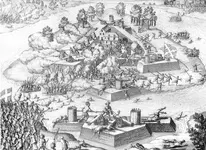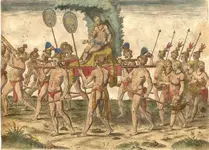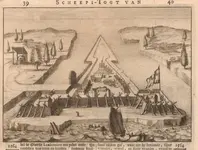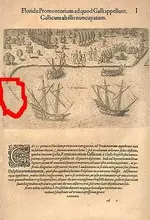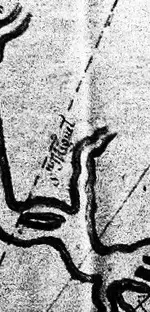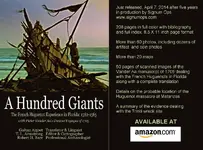RELICDUDE07
Bronze Member
- Joined
- Oct 2, 2007
- Messages
- 2,128
- Reaction score
- 54
- Golden Thread
- 0
- Location
- Pascagoula Ms.
- Detector(s) used
- minelab exp.
Yes the spanish did that also - i have found #5 cubas...But they all had to start with 1 somewhere. If i could find some info on a later fort in this area with the name Charle fort then i may change my mind.The map is 1718



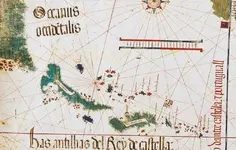
 I'm just a bit cazy also
I'm just a bit cazy also 
